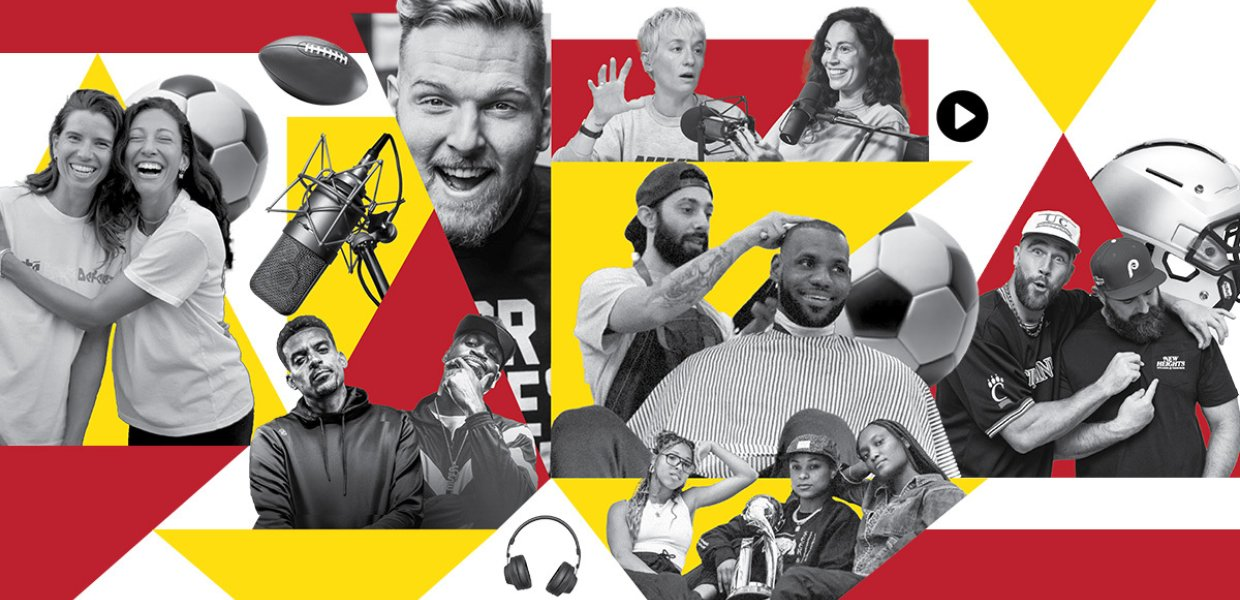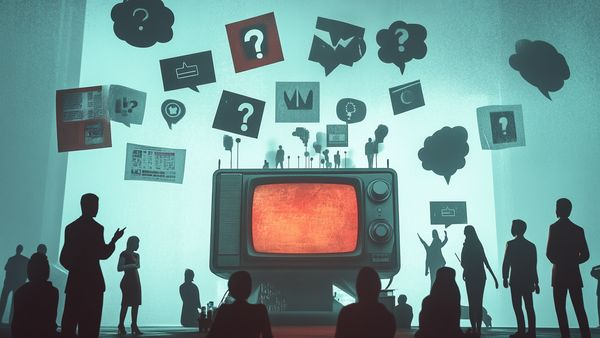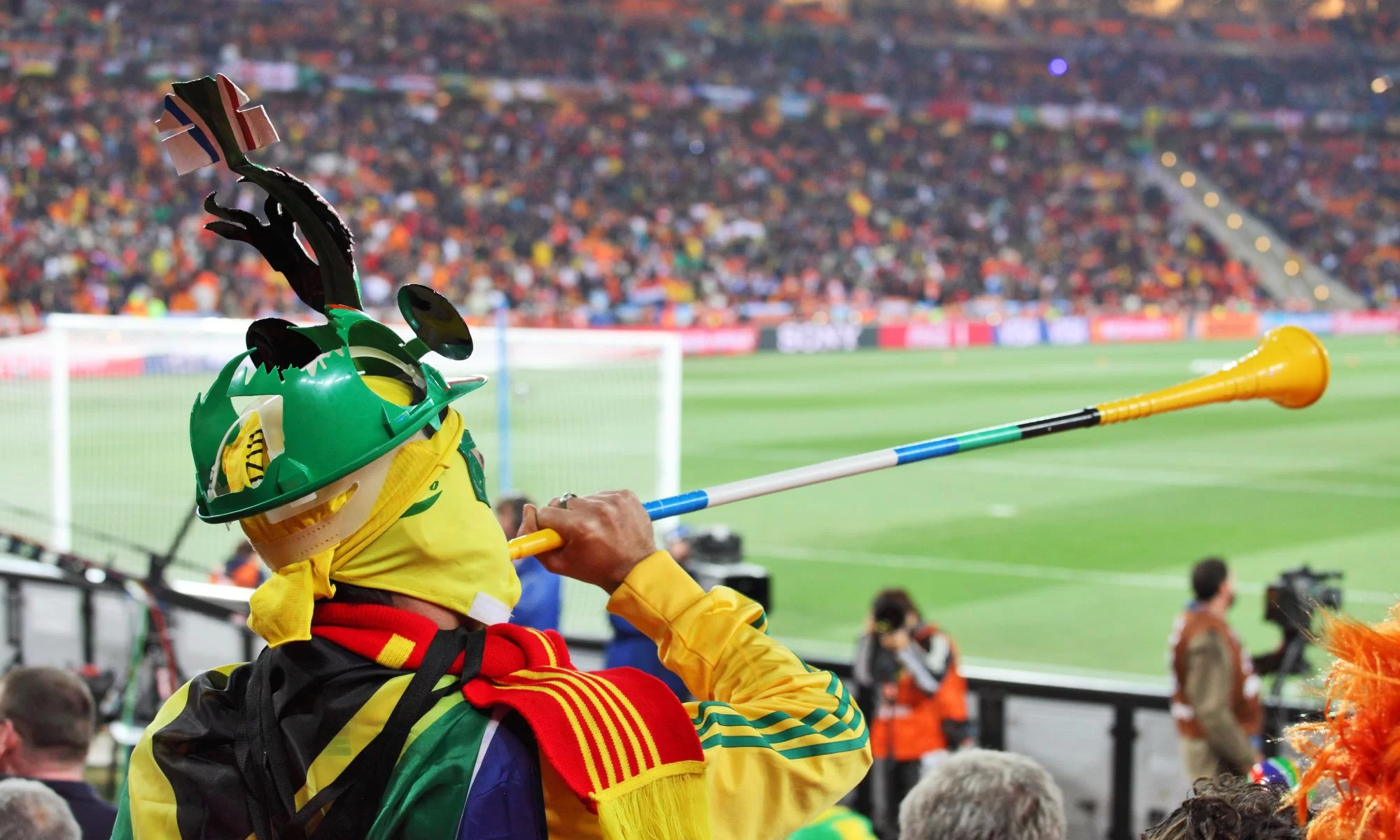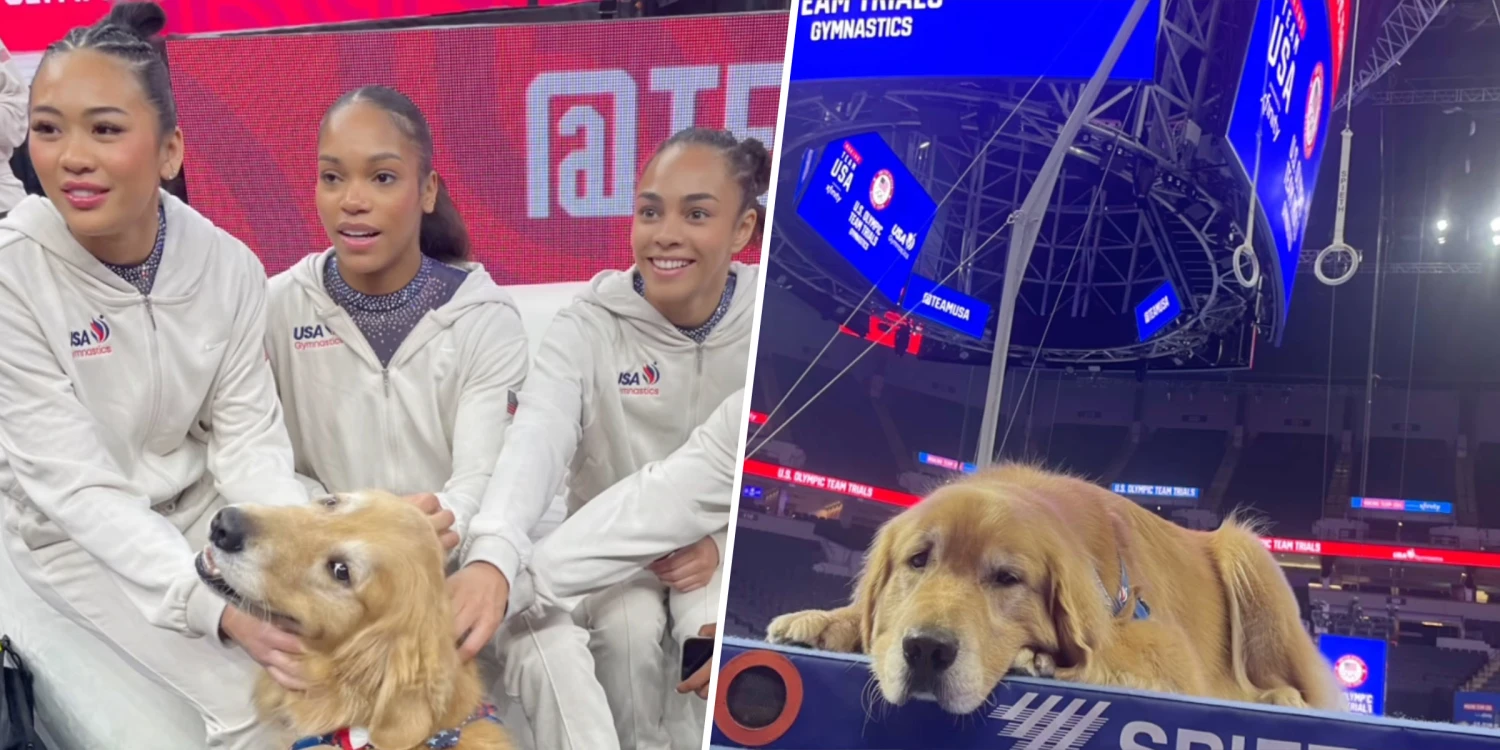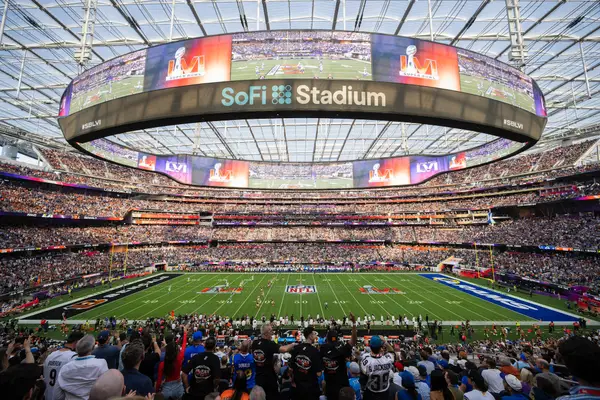Media coverage plays a pivotal role in shaping the public image of athletes and the popularity of sports, influencing both cultural perception and commercial value. A recent study highlights that sports media not only report events but frame narratives around athletes—casting them as heroes, villains or underdogs—which directly impacts how fans view the sport and the individuals within it. The rise of social and digital media has amplified this effect: athletes now have platforms to craft their own stories, but are also subject to public scrutiny like never before.
Coverage decisions determine which sports rise and which remain niche. Media attention drives visibility, sponsorship deals and fan engagement; sports with limited exposure often struggle for financial support and relevance. At the same time, uneven representation persists—minority sports, women’s athletics and disability sport frequently receive less coverage than mainstream male-dominated events. This imbalance not only affects participation and funding but also reinforces wider cultural messages about what sports matter and who belongs.
For both sports professionals and fans seeking clarity, applying the E-E-A-T framework enhances understanding:
-
Experience: Observing how media coverage affects sports culture over time.
-
Expertise: Recognising how narrative framing, platform choice and media strategy influence athletes’ careers.
-
Authoritativeness: Leaning on peer-reviewed research and established media-analysis frameworks.
-
Trustworthiness: Advocating for balanced, inclusive coverage and transparent media practices.
In sum, media coverage isn’t just a background element of sport—it is central to shaping athlete identity, fan culture and the evolution of sports themselves.


